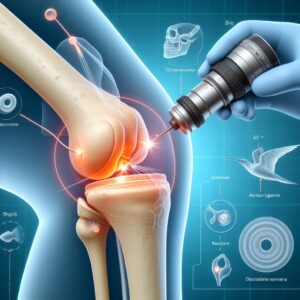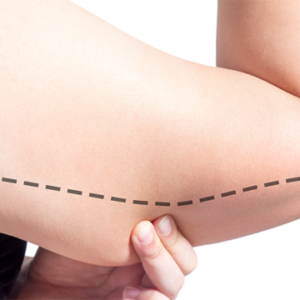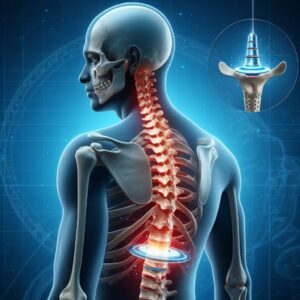150.00$
150.00$
Embark on a transformative journey with our exceptional range of medical treatments. As a leading medical tour operator, we offer a comprehensive selection of world-class treatments and procedures to address your unique healthcare needs. From advanced surgeries to cutting-edge therapies, our team of experienced professionals is dedicated to providing top-notch care and ensuring your comfort and satisfaction. Discover a new level of healthcare excellence with our tailored treatment options. Book now to start your journey towards a healthier and happier you.
Simple extraction is a dental procedure that involves the removal of a tooth that is visible in the mouth. It is typically performed by a dentist or oral surgeon using local anesthesia to numb the area around the tooth. This procedure is commonly used for teeth that are damaged, decayed, or causing crowding issues.
The procedure for simple extraction involves the following steps:
Simple extraction is suitable for individuals with teeth that are damaged, decayed, or causing crowding issues. It is often used for teeth that are visible in the mouth and can be easily accessed by the dentist or oral surgeon.
Simple extraction may not be suitable for individuals with certain medical conditions or those who have specific dental concerns that require more complex treatment. In such cases, a comprehensive evaluation by a dentist or oral surgeon is necessary to determine the most appropriate treatment.
Before undergoing a simple extraction, a comprehensive evaluation is performed by a dentist to assess the condition of the tooth and the surrounding oral structures. This may include a review of the patient’s medical history and dental examination.
After a simple extraction, postoperative care may involve managing pain and discomfort, as well as following specific instructions provided by the dentist. This may include taking prescribed medications, practicing good oral hygiene, and attending follow-up appointments to monitor the healing process.
| City | |
|---|---|
| Hotel | |
| Visa | |
| Translator | |
| Transfer | |
| Stay at Hospital | |
| Language | |
| Insurance | |
| Stay at Hotel | |
| City Tour |
Only logged in customers who have purchased this product may leave a review.






Reviews
There are no reviews yet.